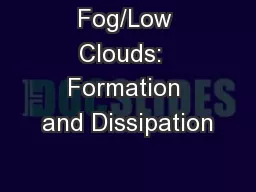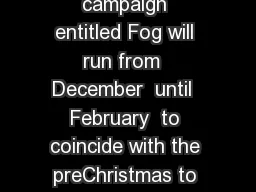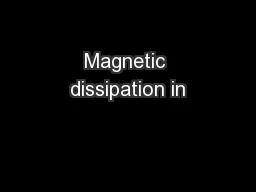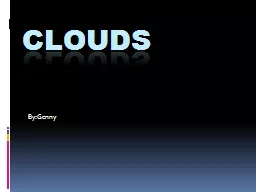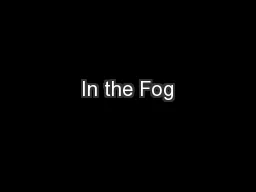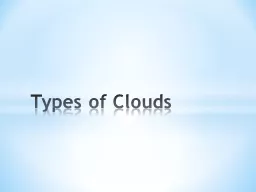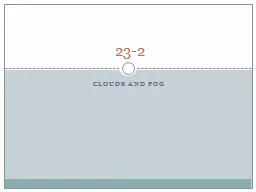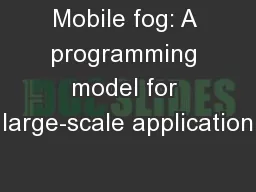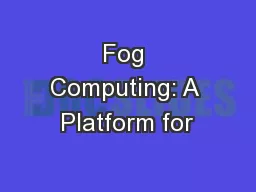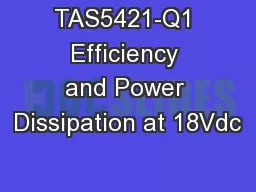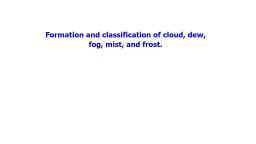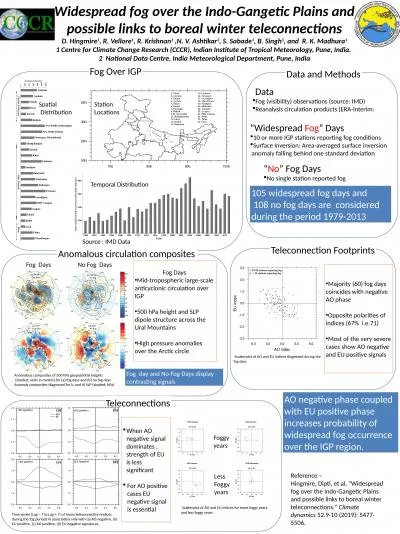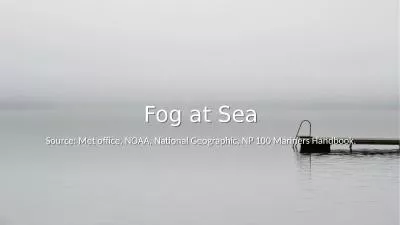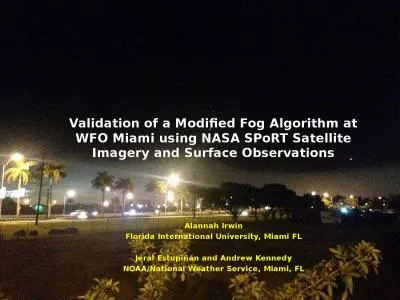PPT-Fog/Low Clouds: Formation and Dissipation
Author : faustina-dinatale | Published Date : 2017-09-04
Scott Lindstrom University of WisconsinMadison CIMSS Cooperative Institute for Meteorological Satellite Studies Learning Objectives Subject Matter Experts What
Presentation Embed Code
Download Presentation
Download Presentation The PPT/PDF document "Fog/Low Clouds: Formation and Dissipati..." is the property of its rightful owner. Permission is granted to download and print the materials on this website for personal, non-commercial use only, and to display it on your personal computer provided you do not modify the materials and that you retain all copyright notices contained in the materials. By downloading content from our website, you accept the terms of this agreement.
Fog/Low Clouds: Formation and Dissipation: Transcript
Download Rules Of Document
"Fog/Low Clouds: Formation and Dissipation"The content belongs to its owner. You may download and print it for personal use, without modification, and keep all copyright notices. By downloading, you agree to these terms.
Related Documents

